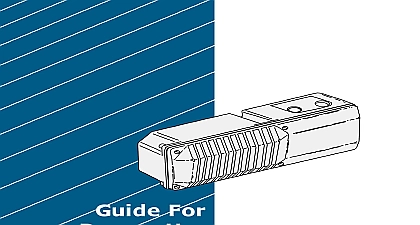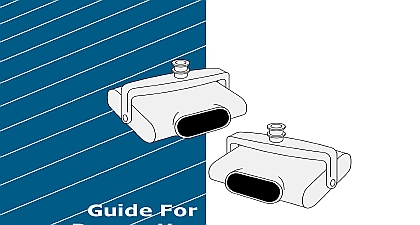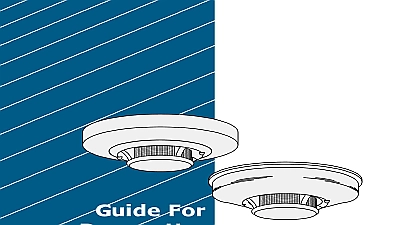System Sensor Application Guide for Proper Use of System Smokes

File Preview
Click below to download for free
Click below to download for free
File Data
| Name | system-sensor-application-guide-for-proper-use-of-system-smokes-1758249603.pdf |
|---|---|
| Type | |
| Size | 779.26 KB |
| Downloads |
Text Preview
Update I Compliance Reference Guide Compliance Reference Guide Compliance Reference Guide Compliance Reference Guide Compliance Reference Guide Compliance Reference Guide Compliance Reference Guide Compliance Reference Guide Compliance Reference Guide Compliance Reference Guide Compliance Reference Guide Compliance Reference Guide Compliance Reference Guide Compliance Reference Guide Compliance Reference Guide Compliance Reference Guide Compliance Reference Guide Compliance Reference Guide Compliance Reference Guide Compliance Reference Guide Compliance Reference Guide Manuals Online Compliance Reference Guide Why We Need A Compliance Guide Americans with Disabilities Act ADA requires the of visual signaling devices strobe lights in public accommodation The difference between laws and standards have made compliance challenging best and overwhelming at worst are underway to coordinate the ADA NFPA 72 Standard 1971 ANSI Standard 117.1 and various and local codes As a major manufacturer of fire devices System Sensor is helping to resolve the issues in particular those of light dispersion flash rate mounting and placement We are in the effort by other National Electrical Association members Laboratories UL staffers and representa of the hearing impaired and epilepsy communities National Association of the Deaf NAD the Self Help Hard of Hearing People SHHH and the Epilepsy of America EFA the interim we have prepared this Strobe Compliance Guide to help promote understanding and of the issues that affect specifying engineers and the enforcement authorities We hope to the probability of proper installation and reduce possibility of misapplication of strobe lights in the marketplace For A Guide 1 Over Compliance 2 Signaling Appliance Requirements 2 Toward Consensus 3 Steps To Compliance 3 To Consider 4 Requirements To Comply 4 Sensor Solution 4 To Locate Strobes 5 Many Strobes To Use 6 Light Output by Room Corridor Size 6 Facilitation 7 Intensity 7 1638 and ADA Compliance 8 Supplies 8 and Strobe Flash Rates 8 Mode vs Mode Is ADA 10 Accessibility Guidelines ADAAG 11 and Enforcement of ADA 12 To ADA Coverage 12 Distribution 13 of Terms 13 Manuals Online of Regulation 14 You Know Standard 1971 is the performance standard for used in Public Mode Signaling Requirements DISTRIBUTION 2 0 Compliance Is So Complicated you can see from the table below the strobe specifi of the ADA differ from those of UL Standard NFPA 72 and ANSI Standard 117.1 in that requires No specific light distribution pattern A single minimum intensity of 75 candela cd all areas A minimum flash rate of 1 flash per second 1 Hz Wall mounting only Spacing so no place in any room is more than from the signal difference between codes and standards have been primary factors hampering a more rapid accep and implementation of the new UL Standard for public mode fire alarm applications and the of UL Standard 1638 to private mode and signaling only inconsistencies have also increased the potential misapplication and have added confusion to the efforts of state and local officials of these differences will not only simplify of the requirements and facilitate efforts but it should also favorably the cost and progress of compliance there is hope TO BE 1971 117.1 72 Specific Distribution2 UL 1971 UL 1971 Area cd 50 spacing 6 cd Minimum7 cd Minimum7 cd Minimum7 Area cd 50 spacing 6 cd wall 3 cd ceiling cd signaling cd combination detector strobe cd wall 3 cd ceiling Area cd 50 spacing 6 cd cd 100 spacing cd 100 spacing to 3 Hz4 to 3 Hz5 to 3 Hz5 to 3 Hz5 Corridor Area Area of 80 above or 6 below of above floor or below ceiling Specific 80 to 96 above 80 to 96 above 6 min below less than 30 cd required if than 24 ceiling cd required if than 24 ceiling signaling Wall 80 96 above floor smoke wall to 12 below ceiling cd required if than 24 ceiling cd required if than 24 ceiling Only or Ceiling Only or Ceiling UL 1638 does not stipulate a minimum light output requirement in front of device Manuals Online UL 1971 requires specific light intensities at viewing angles ranging from 0 to 90 degrees axis See Page 13 for distribution requirements for the three mounting options If detector and visible device are in same sleeping room intensity is required to be 177 cd 1 Hz equals 60 flashes per minute 3 Hz equals 180 flashes per minute 1 3 Hz equals 20 flashes per minute ADA does not categorize by area to be protected ADA requires 75cd all areas of public accomodation I Gl Toward Consensus The Visible Alarms Coalition additional UL study on flash rates and response of hearing impaired persons was completed in spring of 1994 The result of this study was the entrenchment of 1 Hz as opposed to 1 Hz as minimum acceptable flash rate to alert hearing individuals in a fire emergency Flash rate is just one of four areas of conflicting require with respect to strobe notification appliances of America EFA submitted a white in December 1994 to the U S Architectural and Barriers Compliance Board or the Access Board The paper recommends courses of that would bring the ADA NFPA 72 ANSI 117.1 UL 1971 into alignment on light distribution intensity flash rate spacing and placement untangle the web of conflicting requirements the Visible Alarms Coalition consisting of represen from the Fire Alarm Section of the National Manufacturers Association NEMA UL the Association of the Deaf NAD Self Help for of Hearing People SHHH and the Epilepsy recommendations are distribution ADA to require polar light distribution provided in ANSI UL 1971 intensity The ADA to decrease the minimum light intensity from 75 cd to 15 cd in non sleeping and corridors and to increase its minimum light Can You Do Now To Comply to differing codes and standards compliance entails meeting of the ADA requirements or providing facilitation on page 7 while also adhering to NFPA 72 installation UL 1971 performance standards It is always prudent to with your Authority Having Jurisdiction AHJ and or fire marshal to ensure t


